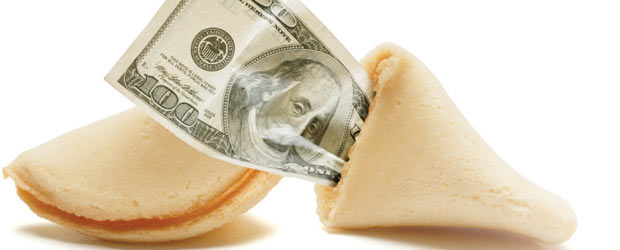So it’s a new year – and a new decade, depending on how you like to count – and we are all hoping for prosperity for friends and family.
Surprisingly, many cultures believe that the key lies in the foods that you eat as you see out the old year and ring in the new one. If you’re in the mood to cook yourself a big pot of gold this year, here are some foods that are said to help you on your way – and some of them may surprise you!
Legumes
Legumes such as beans, peas and lentils are also symbolic of money because their small, rounded appearance resembles coins that swell when cooked. In Italy, for example, cotechino con lenticchie or sausages and green lentils, is eaten just after midnight on New Year– the combination of legumes and pork (see below) being seen as particularly lucky.
Cooked greens
These include unlikely candidates like cabbage, collards, kale and chard. Not your idea of festive good luck fare? Well, in many countries, eating these are believed to be good luck purely because their layers of green leaves look like folded paper money – so their looks are the symbolic of economic prosperity in the new year. It is believed that the more greens one eats, the larger one’s fortune the following year.
Pork
Pigs (or wild boar) are meant to symbolize progress and prosperity in many countries, with some believing that the pig’s fat symbolizes a fattening wallet. Roast suckling pig is served as a new year’s feast in many countries around the world and Austrians are also known to decorate the table with miniature pigs made of marzipan. Sausages made from pork also form part of many countries’ traditionally fortunate foods.
Grapes
New Year’s revelers in Spain consume twelve grapes at midnight—one grape for each stroke of the clock. Having started in 1909 to deal with a grape surplus, the tradition has now taken root in Portugal and former colonies such as Venezuela, Cuba, Mexico, Ecuador, and Peru. Each grape represents a different month, so if for instance the sixth grape is a bit sour; June may not be a good month for you.
Fish
The popularity of fish as a new year’s feast may be attributed partly to the Catholic Church’s ban on eating red meat on religious feast days, and partly to the fact that pre-refrigeration, fish was one of the few things that could successfully be preserved and therefore transported. In Italy, baccalà (or dried salt cod) is enjoyed from Christmas to New Year, while herring (another frequently preserved fish) is consumed at midnight in Poland and Germany.
Cakes
Cakes and other baked goods are commonly served during the festive season around the world, with a special emphasis placed on round or ring-shaped items which are thought to be lucky, such as doughnuts or ring cakes. In many countries, it’s customary to bake a special trinket or coin inside the cake, and whoever finds it will be lucky in the new year.
And avoid…
While you are at it, avoid lobster – because they move backwards it is thought that eating lobster could lead to setbacks. Chicken is also discouraged because the bird scratches backwards, which could cause regret or dwelling on the past.
What’s brings you luck in the new year?

